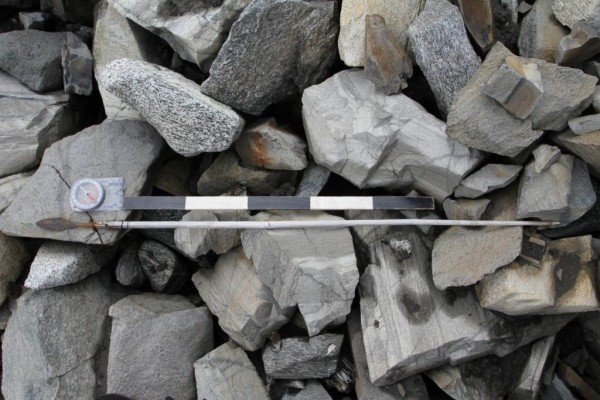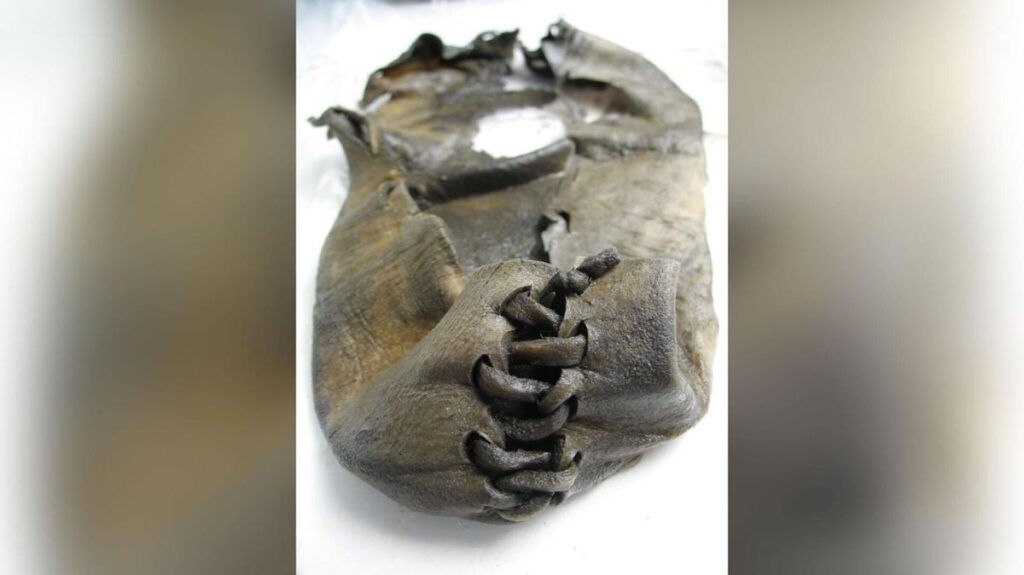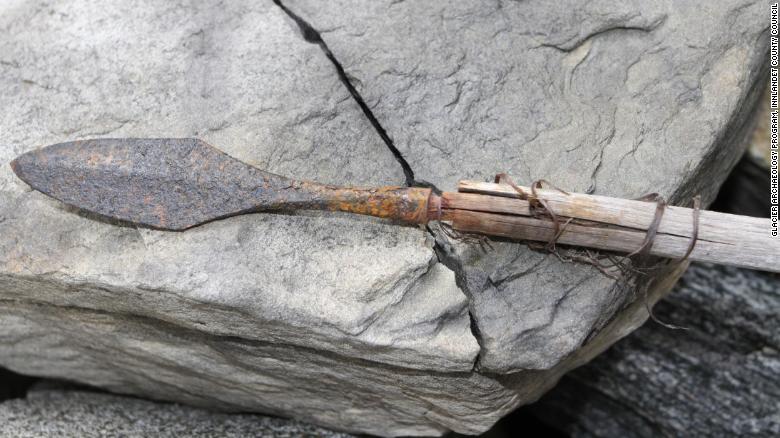Norway ice melt reveals ‘frozen archive’ of ancient reindeer-hunting arrows
In the Jotunheimen Mountains, the team found 68 arrows on the Langfonne ice patch, tracing the objects again to various lengths of time over 1000 years, from the Stone Age to the Medieval Period.

In addition, the find, printed this week as an examination in the Holocene journal, includes the stays of reindeer antlers, Iron Age scaring sticks utilised in reindeer searching and a 3,300-year-old shoe from the Bronze Age.
In line with the authors of the survey, the arrows mark the earliest ice findings in Northern Europe.

Norway’s Jotunheimen Mountains are positioned greater than 200 miles (in extra of 320 kilometres) north of the capital, Oslo.
The Langfonne ice patch, the place the arrows have been discovered, has retreated by greater than 70% over the previous 20 years as international warming has brought about dramatic ice melt, the examine says.
“With the ice now retreating due to climate change, the evidence for ancient hunting at Langfonne is reappearing from what is, in essence, a frozen archive,” mentioned Lars Pilø, the examine’s lead writer and an archaeologist from the Innlandet County Council, in a press release.
“The ice melt, sad as it is, provides an unprecedented archaeological opportunity for new knowledge.”
The oldest arrows, courting again to 4000 BC, are in a poor situation. But surprisingly, the arrows from the Late Neolithic interval (2400-1750 BC) have been higher preserved compared to these from the next 2,000 years, in line with the examine.

Using floor penetrating radar (GPR) know-how, researchers imagine that the dangerous state of the oldest arrows could also be as a result of ice motion.
GPR information revealed ice deformation deep inside of the patch could have damaged the outdated, brittle arrows, however, it additionally helped to convey them to the floor to be found.
“Icy patches are not your regular archaeological sites,” Pilø mentioned. “Glacial archaeology has the potential to transform our understanding of human activity in the high mountains and beyond.”





